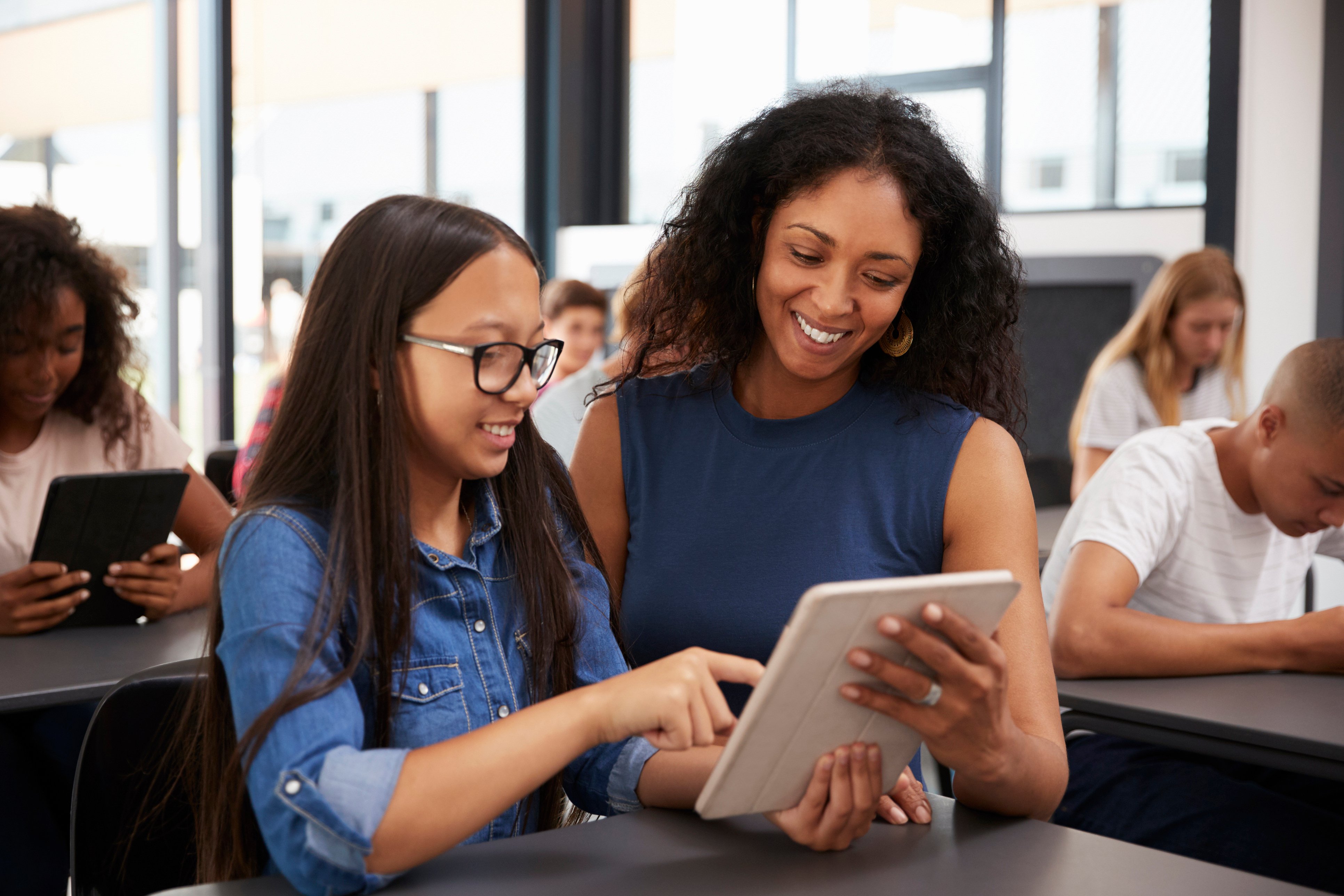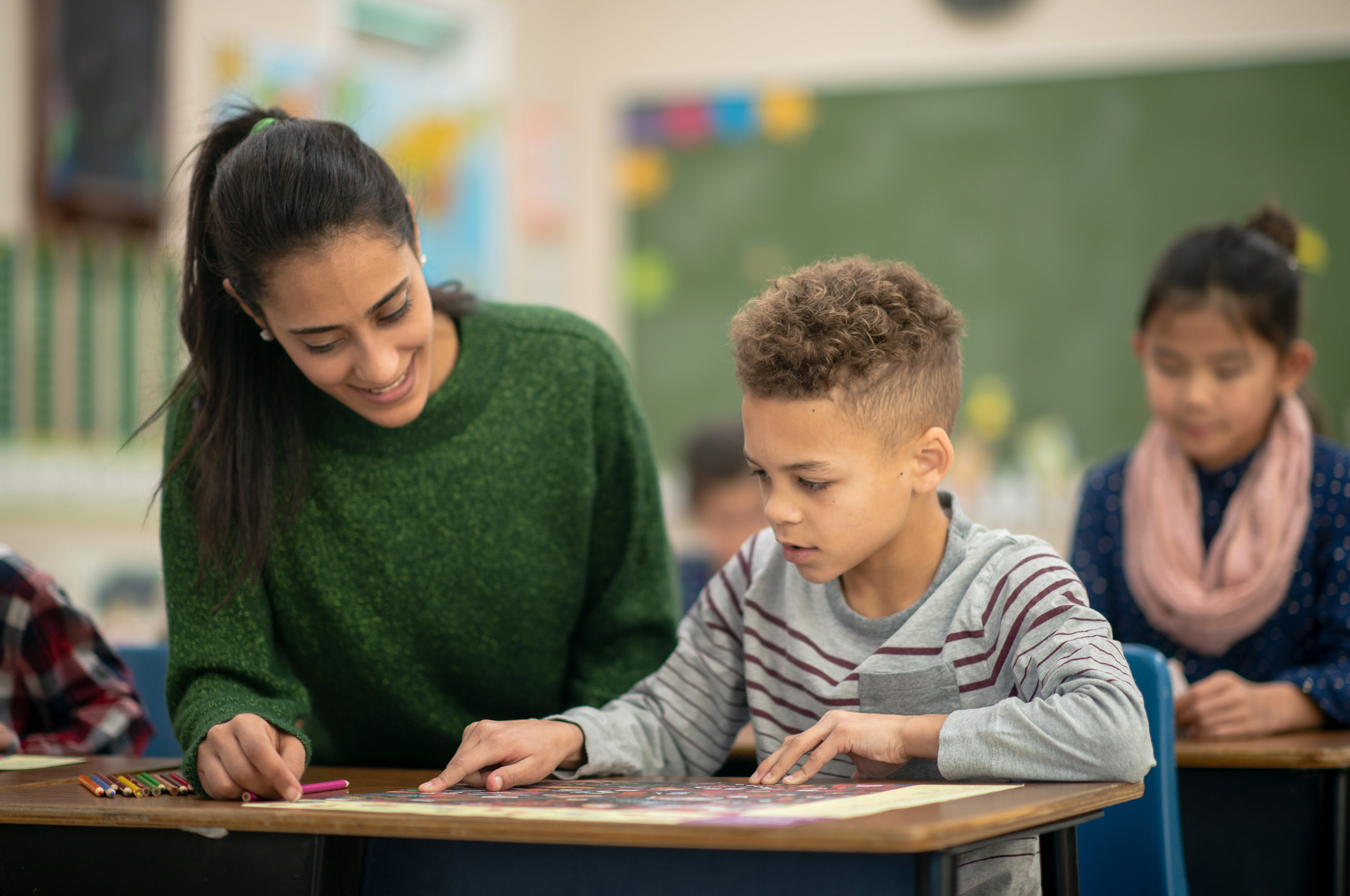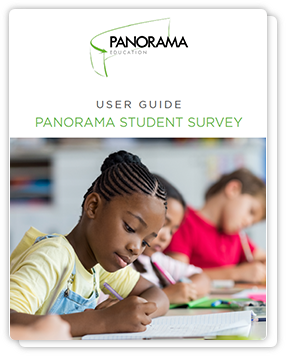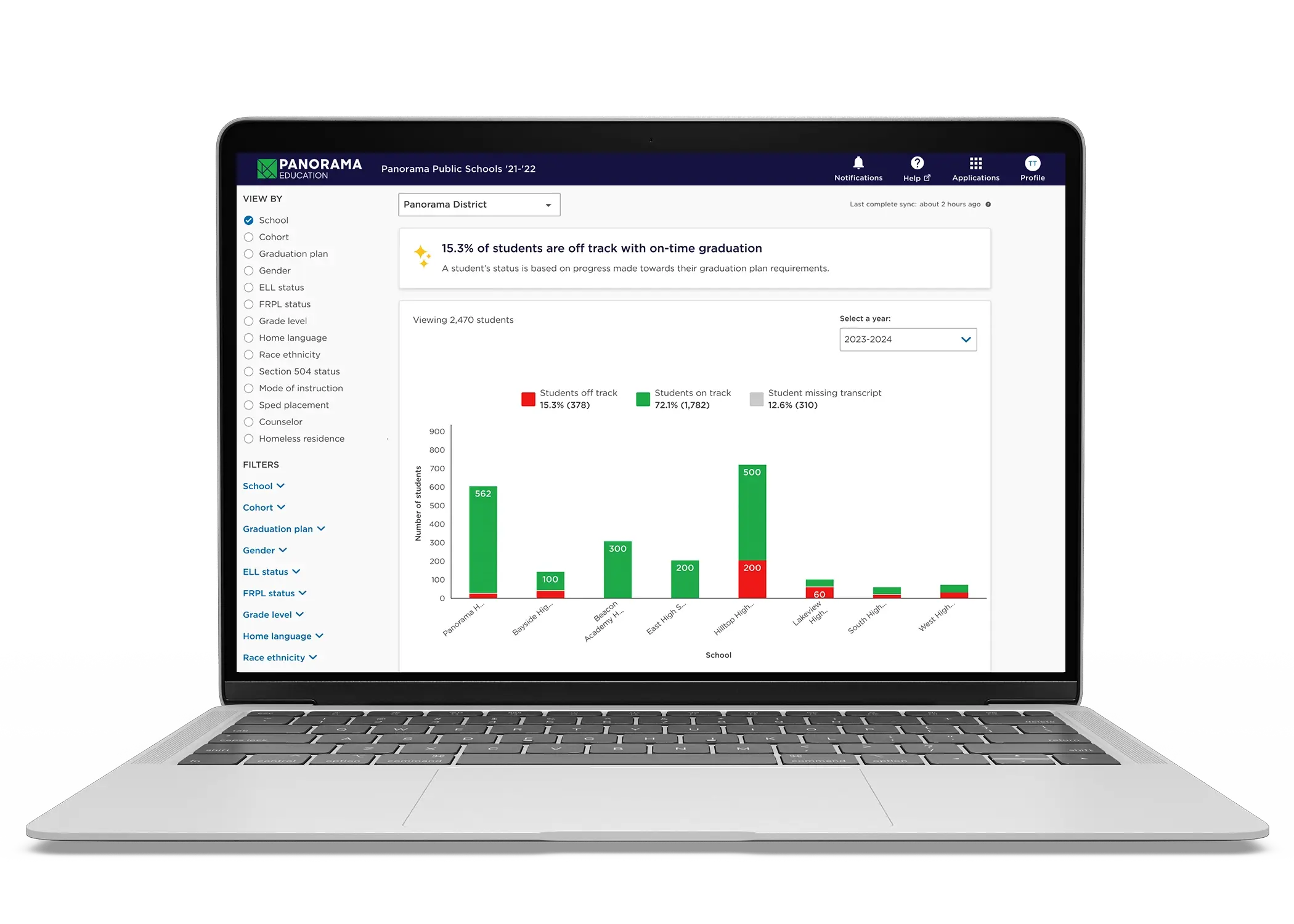A new school year brings a range of challenges, priorities, and goals. For many districts, one of those goals is meeting the diverse needs of every student—and educators might face the challenge of balancing personalized learning with a packed curriculum.
Classrooms might include high achievers who finish assignments early and need more challenging work alongside students who need additional support; they may also include English language learners or students who have been diagnosed with special learning needs. As a school or district leader, you want every student to have the opportunity to succeed—but you also know that a one-size-fits-all approach doesn’t work.
The good news: there are tools and strategies that can help lighten the load and make personalized learning more manageable, ensuring that every student receives the attention they need to thrive. That’s where differentiated instruction (DI) becomes crucial. In this article, we will give an overview of how it works, why it works, and what your school teams need to know to put it into practice.
Table of Contents
What is Differentiated Instruction?
Why is Differentiated Instruction Important?
How to Implement Differentiated Learning in Your District
How Panorama Can Help with Differentiated Education
What Is Differentiated Instruction?
Differentiated instruction is an educational approach that tailors teaching methods, lesson content, and assessment strategies to meet the diverse needs, abilities, and learning styles of students in the same classroom. Instead of using a one size fits all approach, teachers implement differentiated instruction to create multiple paths to learning. This allows students to engage with material in ways that are ideally suited to their strengths and leads to a more positive classroom culture. Typically, this approach involves customizing the learning experience across four main domains: learning environment, content, process, and projects.
What Are the Four Domains of Differentiated Instruction?
Here are the four ways that differentiated instruction organizes the student journey:
- Learning Environment: The learning environment is the foundation that supports all the other domains. This means creating a physical and emotional atmosphere that supports learning by encouraging students to take risks, ask questions, and express themselves without fear of judgment or failure.
- Content: This domain focuses on what students need to learn. In a differentiated classroom, teachers recognize that not all students come in with the same prior knowledge or readiness levels. As a result, content is varied to suit the needs of each learner. This might mean adjusting the complexity of the material, providing additional resources for students who require more support, or offering more advanced materials for students ready to move ahead.
- Process: While what students learn is critical, how they learn it is often equally important. This is where differentiation can be especially dynamic. Students in a classroom have different learning styles—some may be visual learners, others kinesthetic, and still others auditory. The activities they participate in can be varied to align with these preferences.
- Projects: This fourth domain gives students the opportunity to demonstrate what they have learned. Differentiated projects empower students to showcase their knowledge in ways that are ideally suited to their talents and interests. In a differentiated classroom, students might be given a choice in how they showcase their knowledge—through writing, presentations, creative arts, or other forms of expression.
Why Is Differentiated Instruction Important?
Differentiated instruction is important because it helps ensure that all students have the opportunity to learn and succeed, meeting their individual needs, abilities, and learning styles. By designing challenging, flexible, and engaging learning environments, this form of instruction allows all learners to thrive and succeed.
Here are some key reasons why differentiated instruction is crucial:
Accommodates Diverse Learners
Differentiated instruction recognizes that students come from a wide variety of backgrounds and have varying levels of readiness, interests, and learning profiles. By tailoring lessons to meet these individual needs, teachers can create an inclusive learning environment where every student feels supported and challenged.
Maximizes Student Growth
With its flexibility, differentiated instruction allows teachers to maximize individual growth in the course content. By providing appropriately challenging learning experiences for all students, differentiated instruction helps each student progress and reach their full potential.
Boosts Engagement and Motivation
Differentiated classrooms operate on the premise that learning experiences are most effective when they are engaging, relevant, and interesting to students. By appealing to students' interests and allowing them choice in how they learn and demonstrate understanding, differentiated instruction increases motivation and engagement with the material.
Supports Equitable Learning
Differentiated instruction works to close equity gaps and contribute to every student's success. It acknowledges that many factors like background and aptitude affect how students approach learning, and proactively adjusts curriculum and instruction to meet each student’s needs.
Blends Instructional Approaches
Effective differentiated instruction combines whole-class, small group, and individual teaching. This variety of instructional approaches reinforces learning by allowing students to access and process content in multiple ways: through preparatory and review work with the entire class, targeted explorations in small groups, and independent extensions of learning.
Enhances Teacher Effectiveness
Differentiated instruction makes teachers more effective by encouraging them to be proactive and responsive in their lesson planning and delivery. Rather than teaching to the middle or using a one-size-fits-all approach, teachers who differentiate are constantly assessing their students' needs and adjusting their instruction accordingly.
How to Implement Differentiated Learning in Your District
Setting up differentiated learning requires a thoughtful, phased approach. It’s important to start with a strong universal curriculum, then identify opportunities to differentiate instruction across subjects. Let’s examine the process step-by-step:
Develop a District Wide Plan
What does differentiated learning mean for your district? Start by involving key stakeholders—including district administrators , school principals, teachers, and families—in defining what differentiated instruction should look like in your district. Surveys are the perfect tool to gather the feedback you need to agree on a shared definition.
Be sure to set clear goals. Some examples of goals you might include are improving student engagement, increasing academic performance among diverse learners, and reducing achievement gaps. You can track these metrics and carry out surveys to understand your progress.
Provide Professional Learning
Next, schedule workshops to equip your teachers and school teams with the fundamentals of differentiated instruction, as well as advanced strategies. Ensure that these training sessions are not just theoretical, but include practical, hands-on activities that teachers can implement in their classrooms.
Collect Feedback and Evaluate
Student surveys can be instrumental in gauging the success of differentiated instruction strategies by allowing students to share their experiences and perspectives. This feedback can help educators make important adjustments to classroom environments.
Additionally, schools should monitor progress across academics, behavior, and attendance, and look for improvement across these key areas of student success. An MTSS platform like Student Success can provide these key insights, so schools can understand—and act on—each student’s unique needs.
How Panorama Education Can Help with Differentiated Education
Differentiated learning involves tailoring classroom instruction across content, process, projects, and learning environment to meet the various needs of students. This form of instruction supports equity in education and enhances teacher effectiveness, ensuring that diverse learners have the opportunities to learn and grow.
A key element of building a differentiated learning environment is actionable data. In order to determine the needs of your students and monitor progress, you need a systematic approach to data collection and analysis. Panorama Student Success brings together data across academics, attendance, and behavior, offering a holistic view of your district, schools, and students. With the platform, leaders can leverage school and district dashboards to monitor performance against strategic goals, and make informed decisions about programs and resourcing.
Additionally, Panorama’s Student Survey elevates student voice on school climate, teaching and learning, relationships, and belonging. This allows educators to make informed decisions on instruction strategies that work best for their students.
Panorama offers an unprecedented level of visibility into who your students are—and what will help each to succeed. Discover what Panorama Education can do for you and your school district.
Learn how Panorama can support your district's needs and priorities this school year







